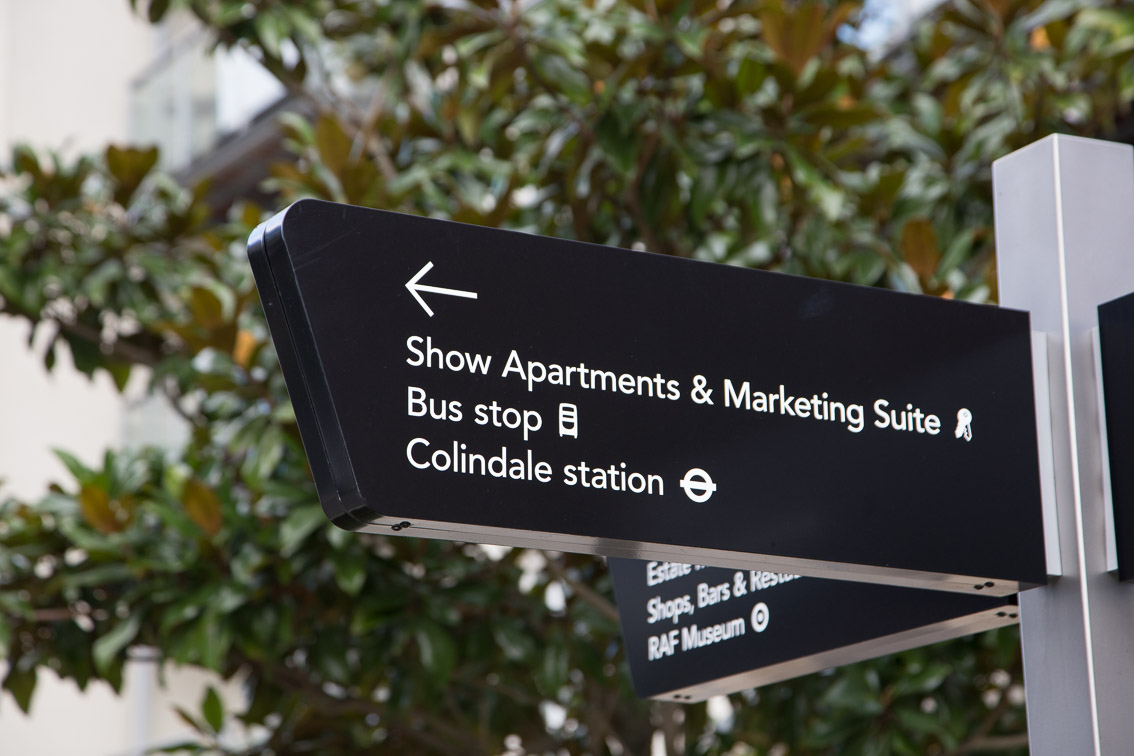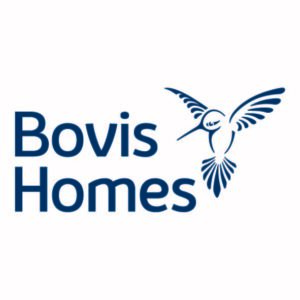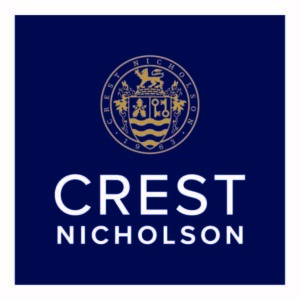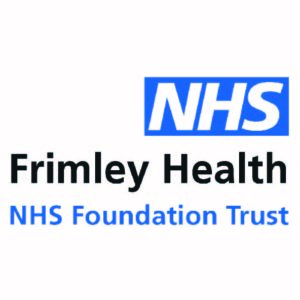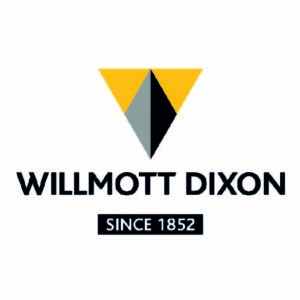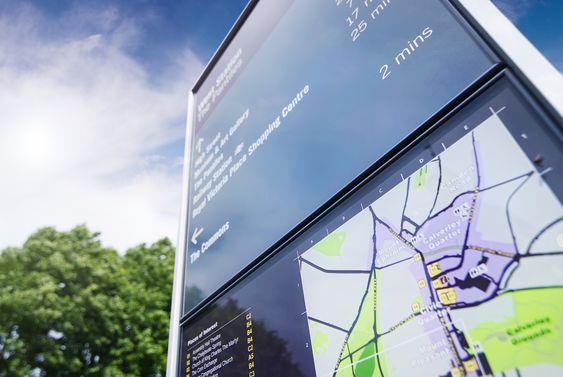
How wayfinding signage improves customer experience of a business?
In the competitive business world, ensuring a positive customer experience is vital. You can try multiple tools to reach this goal, and there will be various elements that could work for you. Among them, wayfinding signage is one that is often overlooked but is a highly effective tool for enhancing customer satisfaction. Role of wayfinding signage in improving consumer experience: Leading businesses across the country have witnessed the transformative power of wayfinding signage. It can change the overall perspective of customer experience. Let’s explore four key ways in which it can significantly improve. Clear navigation: Effective wayfinding signage provides clear and concise directions. This helps customers navigate your premises effortlessly. You can install signage whether you run a retail store, a hospital, or an office building. Customers appreciate knowing where they are and how to reach their desired destination without any frustration. When they can easily find what they’re looking for, it reduces stress and increases their overall satisfaction. First impressions matter: The first impression is often the lasting one. Wayfinding signage is designed with creativity and a professional touch. Not only does it serve its functional purpose, but it also contributes to the overall aesthetics of your business. A well-designed sign can convey a sense of professionalism, and this makes your business more welcoming. Customers are likely to engage with a business that exudes confidence and attention to detail. Accessibility for all: Inclusivity is a key aspect of customer experience. Wayfinding signage is generally designed with convenience in mind, and this ensures everyone, including those with disabilities, can comfortably and freely navigate your premises. The UK has strict regulations in place for accessibility, so your signs should demonstrate your business’s commitment to diversity and inclusion. Promote brand identity: Wayfinding signage doesn’t have to be just functional; it can also reinforce your brand identity. Customised signs with your company’s logo and colours guide customers and promote brand recognition. A consistent and appealing visual identity reinforces the brand in the minds of your customers. As you can see, you cannot undermine the impact of wayfinding signage on customer experience – it is more than just a tool for directions. At Reade Signs, we understand the significance of wayfinding signage and offer a range of innovative and high-quality solutions tailored to your specific needs. Contact us today to find out how we can help enhance the customer experience for your business.


